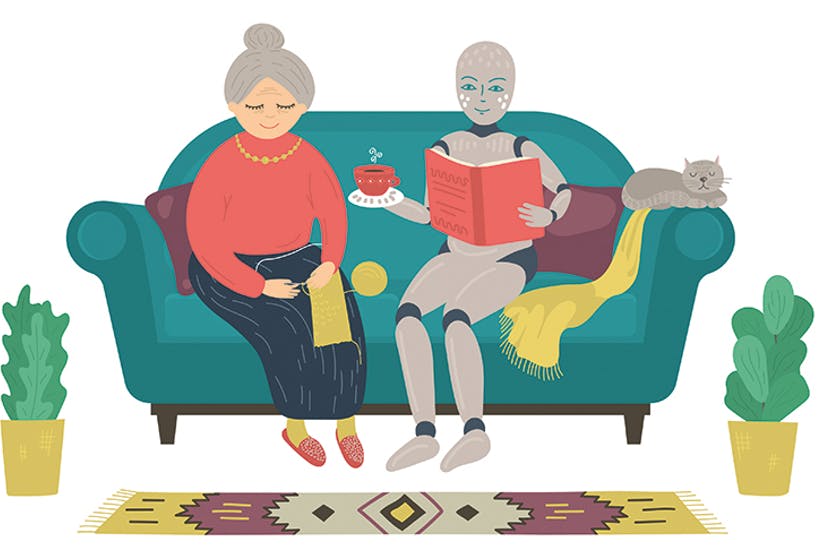When it comes to new technology, few concepts seem to get us quite as excited as the Internet of Things. The idea is simple: expanding internet connectivity to everyday items, from thermostats to fridges, thereby allowing them to communicate with our phones, computers and other devices. And it’s quickly taken off.
Over the past decade the Internet of Things (or IoT as it is more commonly known) has moved from vision to reality. Head to any department store and you’ll spot everything from home fitness systems that sync your entire exercise routine to security devices which issue smartphone updates. Soon appliances will also be able to work in tandem with smart meters. It is anticipated that, before long, appliances will be able to use smart meter data to time their electricity usage for when supply from renewables is at its highest.
But what about the social applications of IoT? One area that’s garnered particular attention from developers and policymakers is how it might help meet the needs of an ageing population, from helping the elderly live independently for longer to improving the provision of residential care.







Comments
Join the debate for just $5 for 3 months
Be part of the conversation with other Spectator readers by getting your first three months for $5.
UNLOCK ACCESS Just $5 for 3 monthsAlready a subscriber? Log in